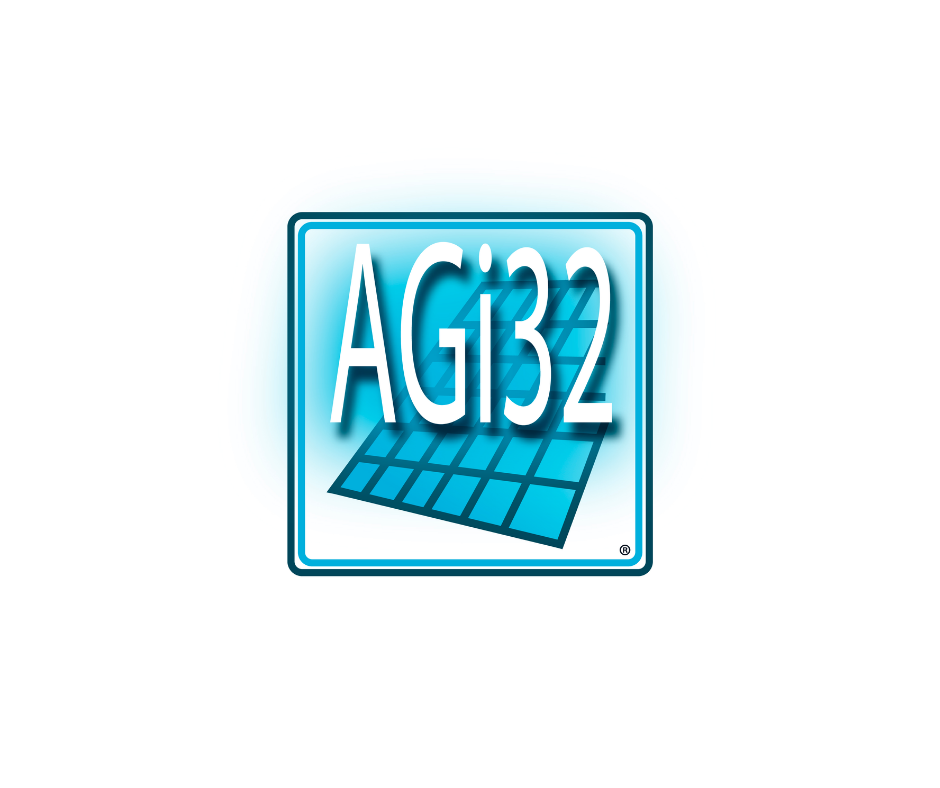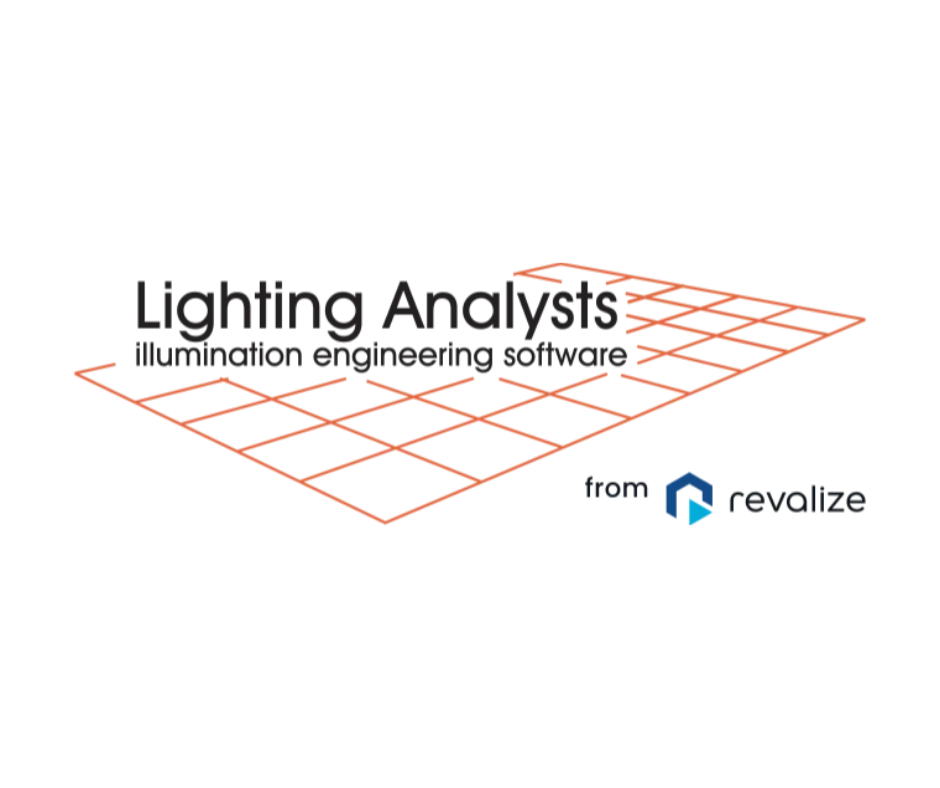

Professional Lighting Design Software for All Your Creative Needs
Summary
Reflection Questions
Journal Prompt
Whether you’re designing lighting solutions for private homes, car parks, or museum collections, below are five programs that can help you create beautifully lit spaces. From intuitive interfaces to comprehensive analytical tools to seamless integration with architectural software, these lighting design software will meet your needs and those of your clients. Read on to learn more!
What Should I Look for in a Lighting Design Program?


Each lighting design software should allow for precise calculations and efficient assessments of lighting designs—ensuring they comply with lighting codes while meeting the latest energy conservation standards. They should also provide advanced simulation and visual design tools that help lighting designers and clients see expected outcomes before implementation.
Last but not least, the right lighting design software will integrate with other architectural and design software you use in your practice. This way, you can easily collaborate across all different disciplines involved in your project. Before you buy, here are a few valuable features and tools to look for.
Functionality and Features
Assess what the software is capable of doing. Does it support both indoor and outdoor lighting design? Can it simulate natural and artificial light sources? Look for features like photometric calculations, daylight analysis, and energy compliance checks that will be crucial for your projects.
User Interface


The ease of use of the software can significantly impact the productivity of each lighting designer in your firm. A well-designed, intuitive software interface can make the design process more efficient and your workflow easier. Consider whether the software provides clear visualization tools and easy navigation through different design stages.
Integration Capabilities
Check if the software integrates well with other design tools you use like CAD software (e.g., AutoCAD, Revit). Integration capabilities can streamline your workflow, allowing for easier modifications and updates to both outdoor and indoor lighting designs.
Visualization and Rendering Tools


Good lighting design software should provide high-quality rendering capabilities to realistically simulate how light interacts with the environment. Impressive visualisations are crucial for presentations to clients and for assessing the aesthetics and functionality while lighting planning.
Standards Compliance


Ensure that the software can handle compliance checks with current standards for lighting in both indoor and outdoor areas like IES standards, LEED certification requirements, or local regulations. This feature is vital for professional work in regulated environments.
Fuel your creative fire & be a part of a supportive community that values how you love to live.
subscribe to our newsletter
Support and Training
Consider the support offered by the software provider, including customer service, technical support, and training resources. Having access to robust support can help you navigate learning curves and technical challenges.
Cost and Licensing


Evaluate the cost of the software and its licensing structure. Some software might be available on a subscription basis, while others require a one-time purchase. Consider what makes the most financial sense for your usage pattern and business model.
Updates and Development


Check how frequently the software is updated. Regular updates can provide new features, improved usability, and ensure compatibility with other technology changes in the industry.
Comparing Five Popular Lighting Design Software
DIALux


DIALux is a powerful lighting design software that is extensively utilized by professionals for planning, calculating, and visualizing lighting in both indoor and outdoor architectural spaces. The software stands out due to its combination of advanced features with an accessible price model. The basic version of DIALux, known as DIALux evo, is available for free, making it highly accessible for both commercial purposes and students. There is also a premium subscription that offers additional features and enhanced support for a fee.
The software is equipped with a suite of sophisticated tools that includes photometric calculations, allowing users to understand the intensity and distribution of light within their designs. It also boasts advanced 3D visualization capabilities, enabling the creation of realistic images and videos of proposed lighting scenarios. One of the notable features is the dynamic daylight simulation, which can predict how natural light will interact with individual rooms at different times of the day and year. Additionally, DIALux offers an extensive database of luminaire data from leading manufacturers, which is regularly updated to include the latest products.
Users appreciate its cost-effectiveness since the core services are provided free of charge. The software’s user-friendly interface is well-suited for both novices and experienced designers, making it a popular choice in the industry. The comprehensive range of features—from detailed technical calculations to high-quality visualizations—ensures that professionals can undertake complex and precise lighting designs. Moreover, DIALux is supported by an active community and robust support resources, including forums and tutorials, which help users quickly resolve issues and enhance their skills in lighting design.
Relux


Relux is a comprehensive lighting design software that offers advanced tools for the simulation and visualization of lighting and sensors, applicable to both indoor and outdoor environments. Like DIALux, Relux is celebrated for its precision and capability to conduct detailed analyses, making it a powerful tool for professionals in the lighting industry. The software provides a free basic version, and there are premium versions available that offer extended functionalities for a subscription fee.
Relux features include extensive simulation capabilities that allow users to visualize light distributions and interactions within a given space. The software supports complex geometrical configurations and various light sources, including LEDs and daylight. Users can generate realistic renderings and dynamic animations to showcase their lighting concepts effectively. Additionally, Relux maintains an updated database of luminaire and sensor data from leading manufacturers, which helps in creating accurate and up-to-date designs.
Users appreciate Relux for its detailed analysis tools that facilitate the creation of technically precise lighting environments. The software’s ability to integrate with other CAD programs also enhances its usability, making it a preferred choice for professionals who need to work within broader architectural and engineering workflows. The community around Relux offers substantial support, and the availability of training materials and documentation is highly valued by new and experienced users alike.
AGi32


AGi32 is a versatile and robust lighting design tool that excels in modeling and calculating illuminance for virtually any lighting application. Known for its strength in handling complex calculations and predictive lighting designs, AGi32 is particularly popular among professionals who require precise control over light modeling. The software is not free, with licenses typically offered on a perpetual basis accompanied by an optional annual maintenance fee that includes updates and technical support.
The toolset in AGi32 includes comprehensive analytical options such as point-by-point illuminance calculations, luminance renderings, and detailed shading analyses. It also features a full suite of photometric data tools, enabling designers to work with real-world lighting fixtures and scenarios effectively. AGi32 supports both indoor and outdoor lighting design, and its ability to simulate both artificial and natural lighting conditions is a significant advantage.
Professionals using AGi32 often praise its accuracy and depth in analytical capabilities, which allow for detailed planning and optimization of lighting designs. The software’s learning curve might be steep due to its complex features, but it is highly regarded for producing dependable and highly detailed results. Additionally, AGi32’s customer support and comprehensive documentation are frequently cited as valuable resources for users.
Visual Lighting


Visual Lighting is known for its user-friendly interface that supports both simple and complex lighting projects. The software provides effective tools for designing lighting for both interior and exterior environments. Visual Lighting is available for purchase through a license fee, which includes access to all of its features and regular updates.
This software boasts a variety of tools that facilitate easy creation and visualization of lighting designs. These include advanced rendering capabilities that allow users to see realistic depictions of how lighting will affect a space. Visual Lighting also supports a range of file imports, making it compatible with other design software and enhancing its flexibility in integrated design environments.
Users often commend Visual Lighting for its intuitive design and ease of use, making it accessible even for those who may not specialize exclusively in lighting design. The software is particularly popular among architects and interior designers for its straightforward approach to creating effective lighting solutions without requiring deep technical expertise in lighting.
Lighting Analysts Illumination Engineering Software


Lighting Analysts Illumination Engineering Software, notably featuring tools like ElumTools and Photometric Toolbox, is a comprehensive suite designed for integration with Autodesk Revit. This integration makes it a powerful addition for users working within the Revit environment to perform detailed lighting analyses. Licensing for these tools is available on a subscription basis, with various pricing tiers depending on the specific products and features needed.
ElumTools is particularly valuable for its ability to provide fully integrated lighting calculations directly within a Revit model, allowing for seamless design and analysis within ongoing projects. Photometric Toolbox offers extensive capabilities for analyzing and managing photometric data, essential for precise lighting planning. Together, these tools offer a robust solution for those engaged in complex architectural and engineering projects.
Users appreciate the seamless integration with Revit, which significantly enhances workflow efficiency. The ability to work directly within architectural models and the extensive support provided by Lighting Analysts are often highlighted as key benefits. This suite is especially valued in professional circles where comprehensive, integrated design solutions are necessary for project success.
Final Thoughts on Selecting the Right Software to Enhance Your Lighting Designs


From DIALux’s budget-friendly accessibility to AGi32’s detailed analytical prowess, and the seamless integration of Lighting Analysts’ tools with Revit, there’s a software to meet virtually any lighting design need. We encourage you to share your experiences and preferences in the comments below. Which software do you rely on for your lighting design projects? Your insights could help others in the community make informed decisions and discover new tools that could enhance their own design processes.








